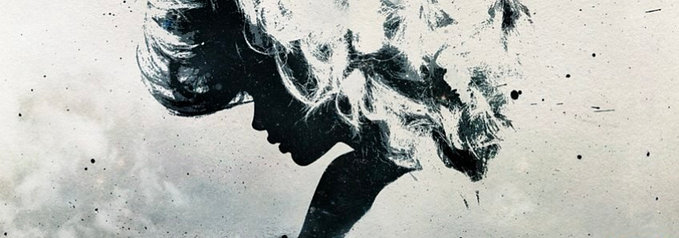The Great Indian Exodus
This afternoon, when I was standing barefoot in front of the veranda, brooding over my online classes due to Covid-19 and cursing the 32 deg C temperature that burnt my feet, I received a WhatsApp message. I was quite astonished as this message was sent to me by my father, and he is surely not the type of person who uses this app. Well, I did open it just to see an image of a malnourished child, resting languidly on the shoulder of a man wearing a ripped shirt, who appears to be the child’s father. But what struck the hardest was the caption in the image that was written in “Kannada”.

This caption read “The man who sows the seed is still hungry, the man who grows cotton is scantily clothed and the same man who builds the temple with his bare hands is ignored by God himself”. This picture spoke louder than a thousand words and immediately made me realize how fortunate I am, yet how ungrateful I was towards life. I had been lamenting and cribbing over the 4.0 lock down that had stolen away my freedom, the freedom to go out with my friends and enjoy a cup of tea. But there was a totally different reality on the other side of the coin, a reality that sent chills down the spines of the greatest minds and politicians of the country.
The nation-wide lock down announced on March 24, 2020 had caused immense distress to the Indian labor force, who are now popularly known as “the migrant workers of India”. Lakhs of children, women and men were stranded and families were separated across the nation amidst the Covid-19 crisis. The Indian Government had to deal with the rising Covid-19 cases on one hand, along with half of the country starving, without basic amenities on the other. While all this happened, the upper middle-class families and the rich complained about the closure of malls and restaurants, and the boredom they had to encounter in their perfectly furnished and air-conditioned houses.


More than 1.4 million “Shramiks” have been prey to the adversities of this deadly pandemic. While people hoarded N-95s, these workers strove hard to get whatever food they could to survive. Thousands started returning back to their villages on foot, while others cycled. Good people lost their lives, not because of the pandemic, but because of the humble attempt to go back to their homes. Without money, or food or water, the Shramiks, today, can only hope to stay safe while being exposed to huge crowds, that are waiting for the trains that will take them back to their states.
The future of this great nation hangs on the balance, between uplifting the lock down and reviving the economy, and making sure the migrant workers can go back home safely without getting infected by Covid-19. It is now upon the public, to either make the current situation worse or better when the nation reopens on June 1, 2020. Although this task seems to be herculean, we can surely overcome this situation with a little faith, patience, hygiene and massive social distancing.







